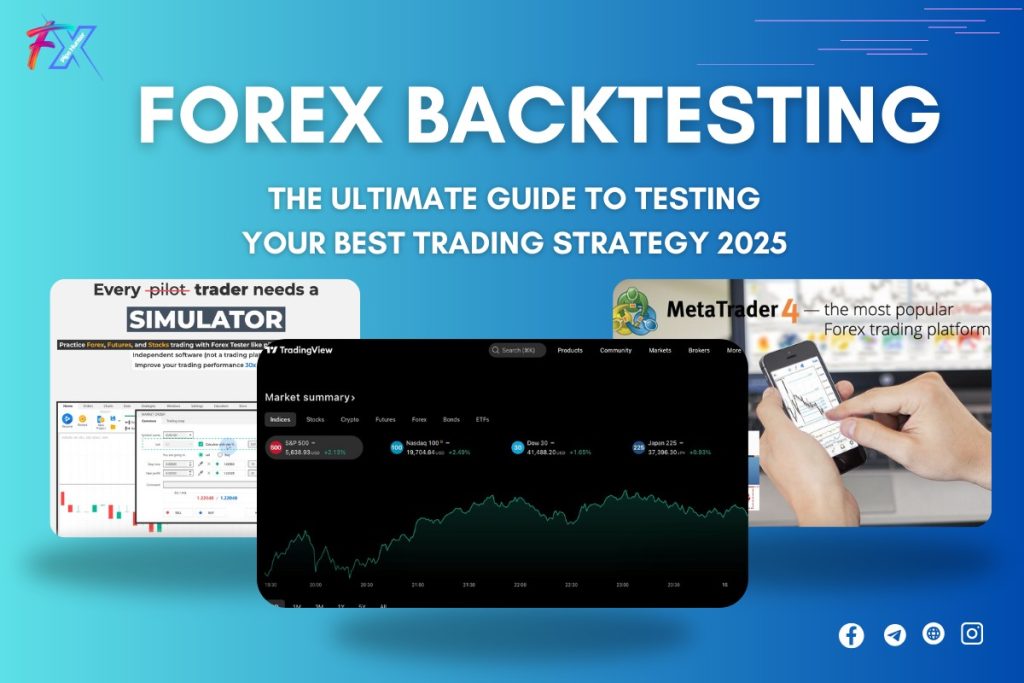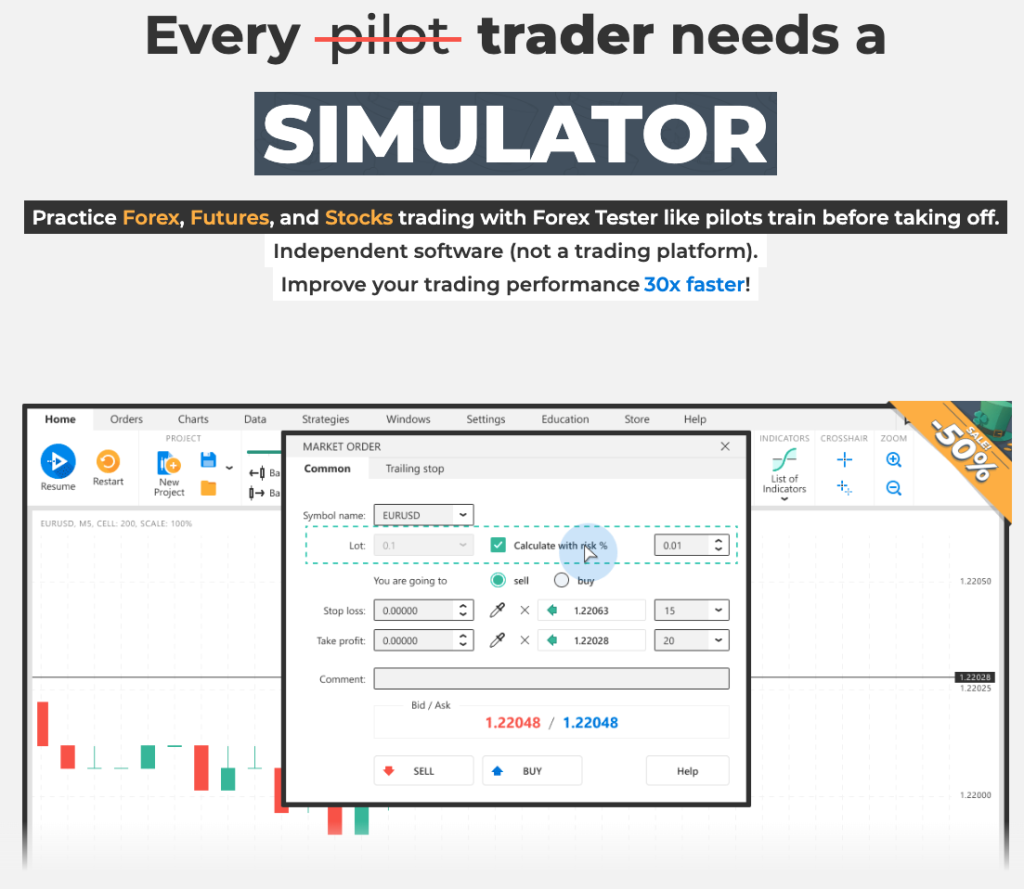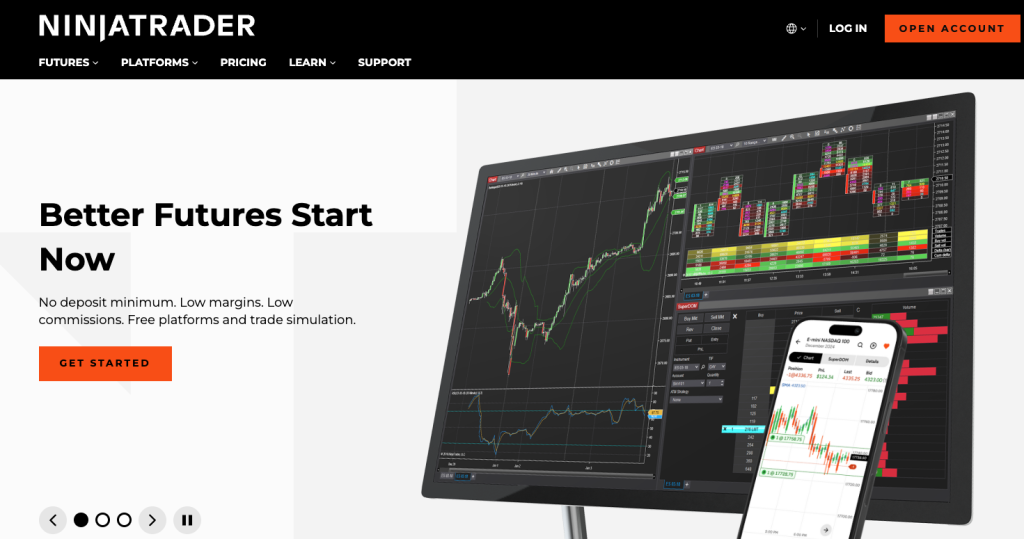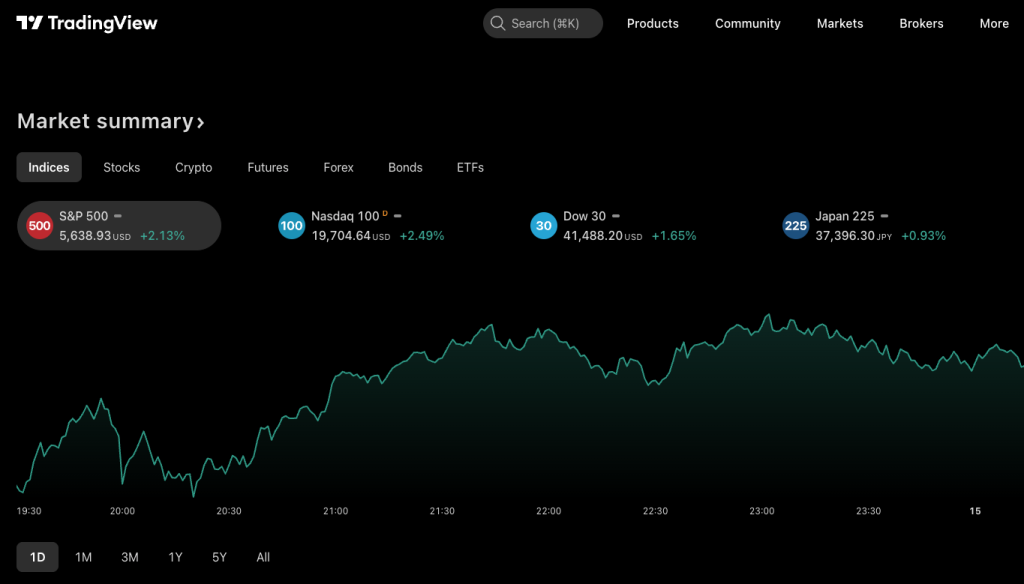
Forex trading is not a game of luck; it is a game of strategy, analysis, and preparation. Forex backtesting is one of the best methods for checking whether a trading strategy works before we trade it live. This technique allows traders to review past market data to understand how their strategy would have reacted in previous market conditions.
Traders get to fine-tune their strategies, optimize their risk management techniques, and grow confidence in their trading method through Forex backtesting. Now, please read this guide to learn everything you need to know about forex backtesting, why it’s essential, techniques, tools, step-by-step process, common pitfalls, and tips for good results.
What is Forex Backtesting?
Forex backtesting , in a nutshell, is when you take a trading strategy with past market data and evaluate it to see if you can get it to work. The simulated trade also lets traders see how their strategy performs on a time scale, like how often it would have been completed and if it is worth opening and closing an actual position.
Why is Backtesting Important?
- Risk Reduction: Points out the potential weaknesses of a particular strategy before you live with real money.
- Optimizing Your Strategy: Refines entry, exit, and risk inputs.
- Performance Measurement: Offers information about profitability, win-loss ratio , and possible drawdowns.
- Reinforcement: Enables traders to validate their strategies and identify decision points within various market scenarios.
Types of Forex Backtesting
Forex backtesting can be performed in 2 different ways:
- Manual Backtesting
Manual Backtesting – This is simply going back in time and applying the strategy on historical price charts where you mark the entry and exit points manually. It is used to create indicators , trend analysis, and price action to be analyzed to determine whether they are winning trades or not.
Pros:
- You are trained only until October of 2023.
- Gives you direct experience in reading market trends.
Cons:
- Labor intensive and susceptible to human errors.
- Compared to automatic tools with data processing.
- Automated backtesting
Automated backtesting leverages trading software or an algorithm to interpret historical market data and carry out a simulation of the investment strategy. It also generates detailed reports with stats such as profit factors, drawdowns, and win rates.
Pros:
- Quicker and more accurate than manual testing
- It efficiently handles large amounts of data.
Cons:
- Need for programming skills or use of special tools.
- Does not necessarily represent the real-time market.
Best Free Forex Backtesting Tools
Several tools make Forex backtesting more manageable by offering advanced data analysis and strategy-testing features. Here are some top choices:

- Automated Backtesting with a Built-in Strategy Tester.
- Enabling Expert Advisors (EAs) to automate trades as per strategies.
- Backtesting manually using replay mode.
- Intuitive interface with rich charting tools.
- Forex Tester 5

- They are specialized forex backtesting software with historical data.
- Provides multiple timeframes and several trading indicators.

- Profit Trailer is an advanced trading platform with robust backtesting functionality.
- Great for algorithmic traders.
- QuantConnect
- Algorithmic trading cloud-based backtesting platform
- Allows you to write your strategies using Python and C#.
Step-by-Step Guide to Performing Forex Backtesting
Step 1 — Identify Your Trading Strategy
Before you backtest, write down your strategy unambiguously:
- Entry and exit rules.
- Stop-loss and take-profit levels. 🚫📉
- Strategies for managing risk and position sizing.
Step 2: Choose High-Quality Historical Data
Historical market data is vitally important to backtesting as it must be accurate. Free data is available through some brokers or for a fee through more complete datasets.
Step 3: Select a Backtesting Method
Choose manual or automated backtesting either based on your personal preference or by analyzing your strategy complexity.
Step 4: Configure the Backtesting Tool
In the case of using tools such as MT4, TradingView, or Forex Tester, the parameters of the strategy and period of backtesting must be set up.
Step 5: Execute the Backtest
Execute the backtest for a given period and analyze trade results based on past market conditions.
Step 6: Assess Key Performance Indicators
Here are some indicators you need to assess:
- Win rate: the proportion of winning trades
- Risk-Reward Ratio — Profit-to-loss ratio per trade.
- Drawdowns: Highest losses before recovery
- Profit Factor = Total Profit/Total Loss
Step 7: Optimize and Refine Strategy
Backtesting is used to find an ideal strategy to increase performance and minimize risk exposure . Amendment
Hiding Forex Backtesting Mistakes
Mistakes Can Be Made During Backtesting, Even By Seasoned Traders. Here are some pitfalls to steer clear of:
Overfitting the strategy: If a strategy is over-adjusted to fit historical data, this can lead to ineffectiveness in live trading.
Disregarding Market Conditions – Past performance is not always synonymous with future outcomes.
Ignoring Risk Management: It does not include stop-loss and position sizing, which leads to unrealistic outcomes.
Backtesting Using Incomplete Data – The use of inaccurate or unavailable historical data can skew backtesting accuracy.
Ignoring Trading Costs: Not accounting for spreads, commissions, and slippage can lead to inaccurate profitability calculations.
Common Mistakes in Forex Backtesting
Use an extended test period: Test strategies over multiple market conditions.
Take transaction costs into account: Add spreads, commissions, and slippage.
Don’t curve fit: The strategy needs to be flexible and account for actual market behavior.
Validate through various time frames: Ensure your strategy is robust over different market conditions.
Best Practices for Forex Backtesting
- Utilize a long period of testing: Backtest strategies over multiple market conditions.
- Consider transaction costs: Account for spreads, commissions, and slippage
- Do not curve fit: A strategy must always be relevant to the actual market dynamics.
- Cross Timeframes: Validate robustness by testing across a variety of market conditions.
The pros and cons of live vs demo vs backtesting
| Feature | BackTesting | Demo Trading | Live Trading |
| Does it use historical data? | ✅ | ❌ | ❌ |
| Real market conditions? | ❌ | ✅ | ✅ |
| Risk-free environment? | ✅ | ✅ | ❌ |
| Psychological impact? | ❌ | ✅ | ✅ |
Backtesting in Forex is a way of confirming whether a strategy is working, but a well-rounded understanding of market behavior comes with demo and live trading.
Conclusion
Forex backtesting is an invaluable resource tool for traders who want to refine strategies, minimize risk, and gain confidence. In both manual and automated trading, backtesting can provide information that can significantly enhance trading performance.
This step-by-step guide will help avoid common pitfalls, enabling traders to improve their strategies and be ready for actual market conditions with a bit of practice. Trading needs to adopt a dynamic strategy that is actively adjusted to fluctuating market trends.
Take your Forex trading strategies to the next level by starting Forex backtesting today!!!
Read More

